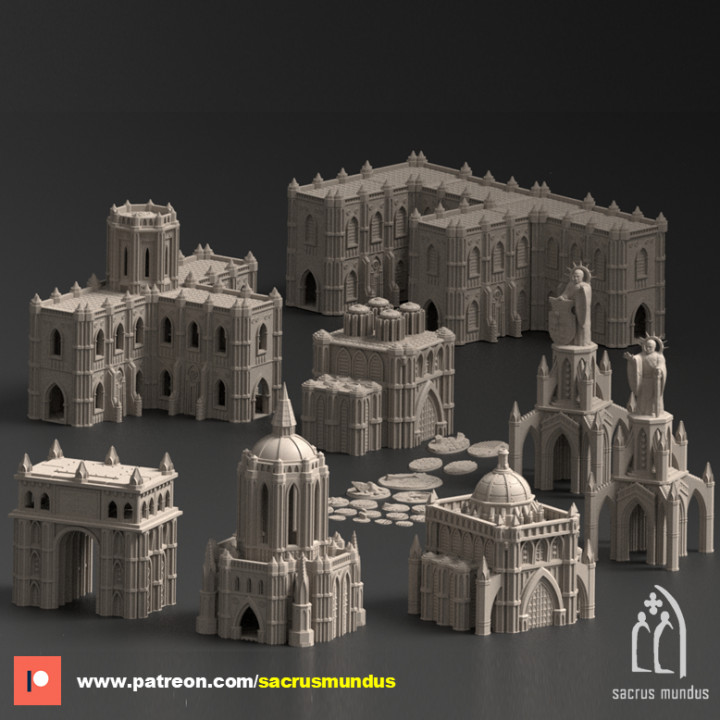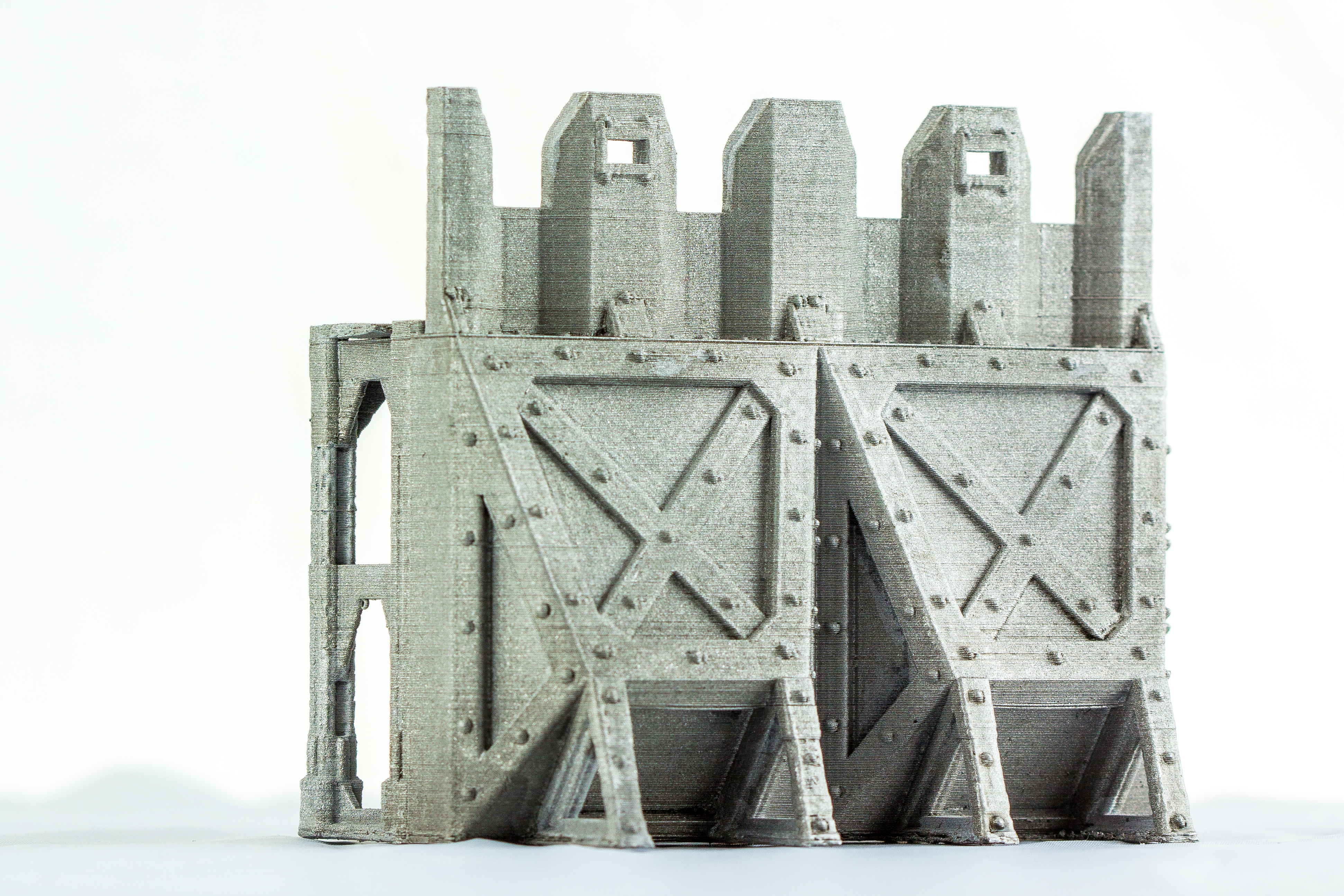

Perhaps the industry still isn’t right for a huge 3D printing surge in tabletop gaming and modeling, however. Mixed Dimensions, who helps Ubisoft by making its assets 3D printable, could be a good partner as well. If it had an interested in expanding onto the tabletop, 3D printing would be an interesting way to do it. Ubisoft is an established video gaming leader that has already relied on 3D printing regularly to produce figures for its games. If Twikit wanted to go beyond industrial and medical applications for its configuration apps, tabletop gaming might not be a bad choice. Not enough to build out the ecosystem I laid out, but if he did decided to work toward that grandiose plan, he could try to find some investors. Tony’s campaign is currently at about $17,000, as of this writing. Now, the industry is much more mature, and it would seem that corporate efforts in the space are less driven by marketing hype (though that still occurs) and more driven by an effort to deliver profitable products to market.

Back then, there was significant hype around desktop 3D printing that coincided with the rise of crowdfunding, such that anything related to the technology could be launched on Kickstarter quite quickly. What’s interesting to note about Tony’s current configurator and those of yore is that the industry has changed significantly. Of these, Hero Forge and Fat Dragon Games seemed to have been the most successful, though we will need to get an update from them about their current operations. Fat Dragon Games even launched a Kickstarter for terrain, as did Via Lubidunda.

Miguel Zavala established an extensive free library of 3D printable Dungeons & Dragons miniatures. Hero Forge was among the first to successfully launch a configurator for 3D printable tabletop figurines and was followed by Desktop Hero. Of course, the Unlimited Terrain Creator isn’t the first project to take advantage of 3D printing’s ability to produce low-cost models on demand. It would certainly meld well with the plethora of cosplay projects out in the world. Suddenly, your local hobby shop has full-body scanners and 3D printers where patrons can purchase their own figurines and consumer 3D printing has re-emerged in the industry once again. And all of this then gets integrated into digital games, as well as tabletop modeling. Of course, users will, at some point, be able to snap their faces with a depth camera on an iPhone or other device in order to put their own likenesses onto the models. Soon, you have licensing deals with Disney to introduce Star Wars and Marvel elements, Warhammer elements from Games Workshop. For this, one could see Tony launching a site where community members could upload their own figures and assets so that they could sell downloadables to import into the Terrain Creator. Of course, that would take substantial modeling work and skill. A painted, 3D printed base made with the Unlimited Terrain Creator.


 0 kommentar(er)
0 kommentar(er)
